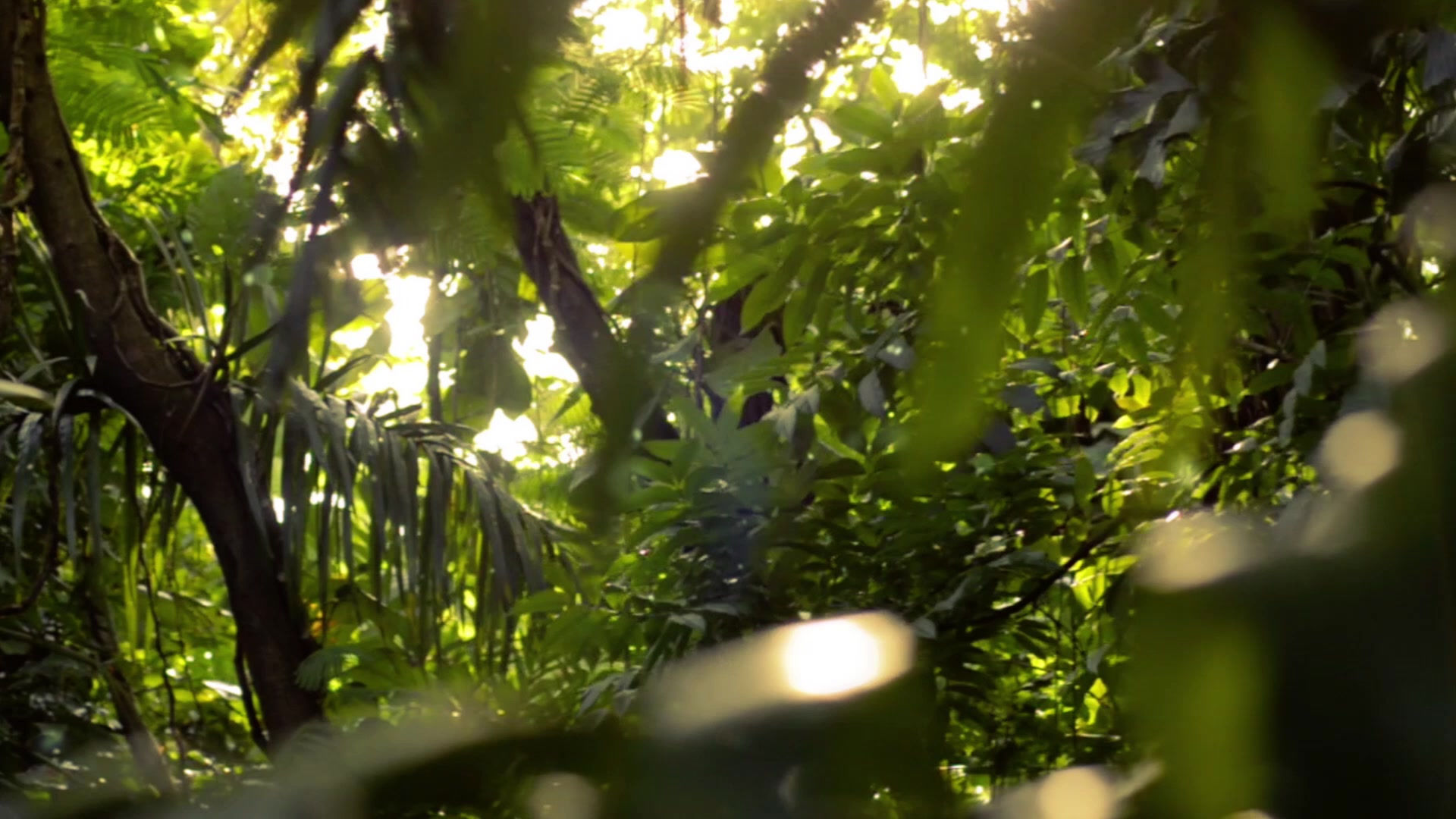Integrating Blue and Green Therapies
- Deborah Punton

- Apr 13
- 3 min read
Updated: Apr 14
Colours are known to evoke emotions, symbolize concepts, and influence behaviours. From an ecopsychological perspective, exposure to natural environments through green and blue therapeutic approaches highlights how these colours hold profound psychological significance while fostering a deep connection to the natural world and the healing potential. If we are visiting a blue or green space, we can consider how our mind and body are reacting in relation to the space and colours we are viewing.

Blue: Essence of Water and Sky
Blue, the colour of expansive skies, waterways, and oceans, often symbolises calm, tranquillity, and introspection. With a therapeutic approach, blue can lead to feelings of openness and expansion. The sky invites us to look upward and outward, expanding our awareness beyond immediate concerns, opening to possibilities and dreaming. The blues of water remind, us of life’s origins, depth, introspection, ripples of expansion, waves of ebbs and flows, and the interconnectedness of all living things.
Blue therapy specifically focuses on the benefits of being near or interacting with aquatic environments like rivers, lakes, and coastal areas.
Blue mind helps balance the stresses of modern life and supports overall mental well-being. Activities like walking along a beach, swimming, visiting bodies of water, or sitting near a waterfall have been shown to reduce stress, improve mood, and enhance mindfulness. Blue in my experience, is associated with expansiveness, tranquillity, calming, soothing, and restorative qualities.
Blue mind is a term coined by marine biologist Wallace J. Nichols to describe the mildly meditative, relaxed state people experience when they are near, in, on, or under water. It refers to the calming and therapeutic effect water environments have on the human brain, reducing stress and promoting happiness, creativity, and mental clarity. This state contrasts with "red mind," a term for the anxious, overstimulated mental state many people experience in today’s fast-paced world.
Green and blue are more than just colours—they are invitations to reconnect with the living world and your own inner rhythms. Through mindful presence, sensory attention, and creative reflection, you can deepen your ecological awareness and nourish your own wellbeing.

Green: Vitality
Green is synonymous with growth, renewal, and balance. Ecopsychology practices are often held in green outdoor spaces and highlight the profound impact of green spaces on human well-being, from reducing anxiety to enhancing creativity and cognitive function. Green, in my experience, is the colour of flourishing plants and fertile landscapes and often evokes a feeling of aliveness, interconnectedness, abundance, resilience, relaxation, and calm.
Green therapy, may also known as green care or green exercise, involves engaging with green spaces such as forests, parks, or gardens. Activities may include gardening, walking, or participating in an intentional practice such as ecotherapy, Forest Bathing, or therapeutic horticulture. These practices tap into our innate connection to nature, known as biophilia. The restorative effects of green therapy may include reduced symptoms of anxiety and depression, enhanced cognitive function, focus and creativity, and an overall sense of wellbeing.

Integrating Blue and Green in Ecopsychology
Biophilia, the innate human, evolutionary affinity connection to nature, underscores the healing potential of green and blue therapies. Together, blue and green therapies reflect the complexity of our relationship with nature, inviting us to view these colours not merely as visual elements but as gateways to deeper ecological awareness, fostering calm, interconnectedness, healing, and transformation. By embracing these practices, we not only nurture ourselves but also rekindle our appreciation for the ecosystems that sustain life and learn the roles we can play in reciprocal action.






Comments